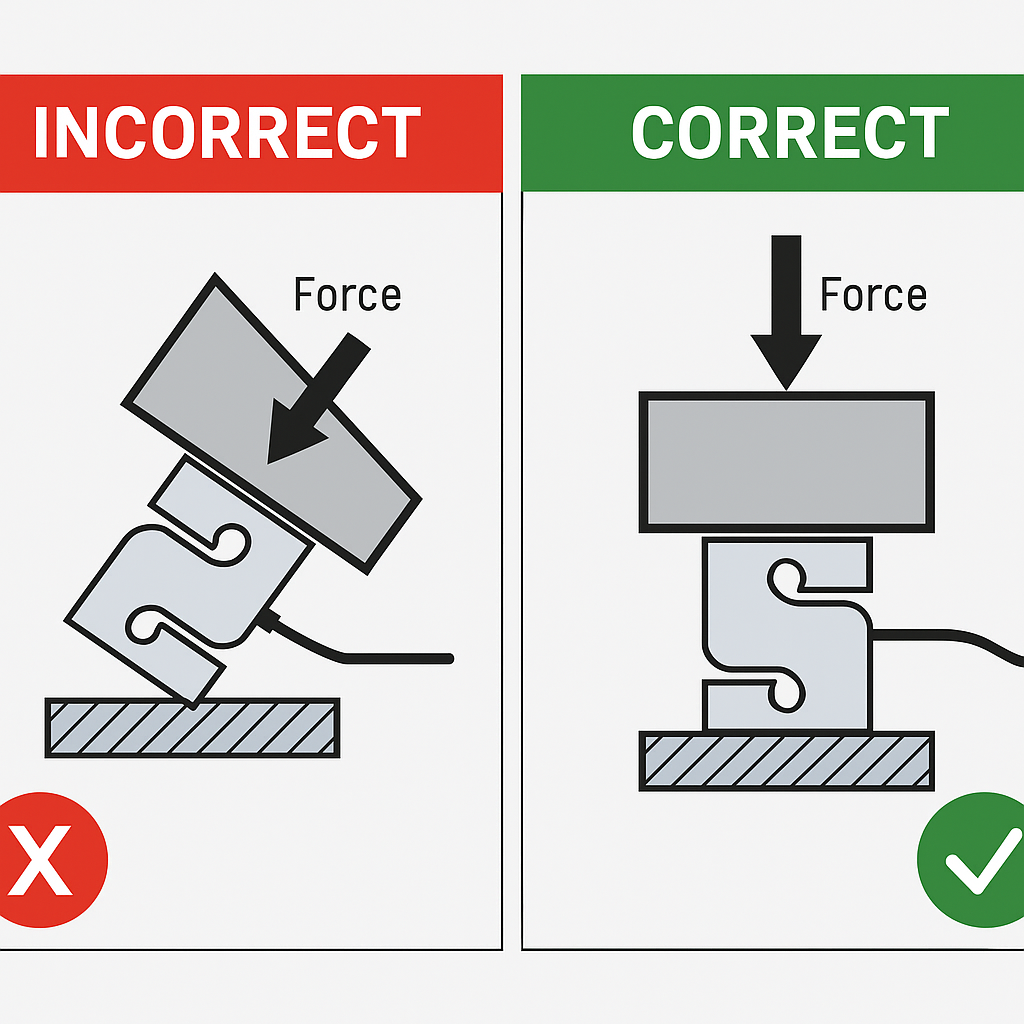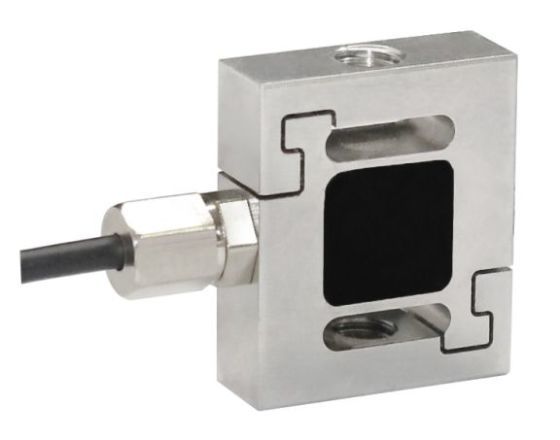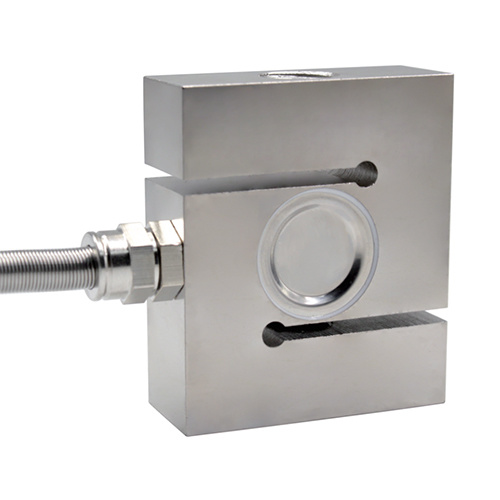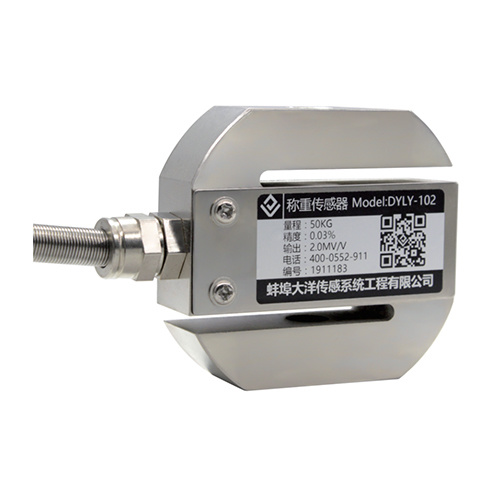Introduction
Even the highest-quality load cell can underperform or fail entirely if it’s not installed correctly. In industrial weighing systems, improper installation is one of the most common causes of drift, inaccuracy, or complete measurement failure.
In this article, we’ll explore seven of the most common load cell installation mistakes and provide practical tips to help you get the most out of your force measurement system.
1. Misalignment of Mounting Surfaces
Issue:
If the load cell is not mounted on a flat, level, and rigid surface, the applied force will not transfer properly—leading to side loading and inaccurate readings.
How to Avoid:
Use precision-machined mounting plates
Ensure the load is applied along the load cell’s primary axis
Avoid angular loading or off-center forces

2. Overloading Beyond Capacity
Issue:
Installing a load cell without considering startup shock or maximum system weight can easily lead to sensor damage.
How to Avoid:
Choose a load cell with at least 150% overload protection
Consider dynamic loads, vibration, and start/stop forces in your design
Use mechanical overload stops when needed
3. Ignoring Thermal Expansion
Issue:
In outdoor or temperature-varying environments, structural expansion can introduce unintended loads or stress to the sensor.
How to Avoid:
Use floating mounting systems or expansion joints
Choose load cells with temperature compensation
Mount sensors in a way that isolates them from structural shift
4. Incorrect Wiring or Shielding
Issue:
Signal distortion, noise pickup, or complete signal loss can occur from improper cable wiring or grounding.
How to Avoid:
Use shielded cables, twisted pairs, and proper strain relief
Ground only one end of the shield
Keep signal lines away from power cables and motor drives

5. Moisture and Dust Ingress
Issue:
Exposure to rain, condensation, or dust can degrade sensor performance and shorten lifespan.
How to Avoid:
Choose IP67/IP68-rated load cells for outdoor use
Seal all cable entries and junction boxes
Use weatherproof enclosures or boots
6. Cable Abuse or Poor Routing
Issue:
Bending, twisting, or pinching the sensor cable during installation leads to signal drift or eventual failure.
How to Avoid:
Route cables using cable trays or protective conduits
Maintain proper bend radius (>10× cable diameter)
Never pull the sensor by its cable during handling

7. No Routine Calibration or Maintenance
Issue:
Even a perfectly installed system can drift over time due to fatigue, temperature, or electronics aging.
How to Avoid:
Calibrate on installation, and repeat annually (or per industry regulations)
Use check weights or in-system simulation functions
Keep a maintenance log for each load cell
Bonus Tips for Best Practice
Use mounting kits designed for your load cell type
Preload the sensor correctly (especially for compression models)
Avoid welding near installed load cells—EMI or thermal damage may occur
Add lightning protection for outdoor systems

Conclusion
Installing a load cell is more than just bolting it in place. It requires attention to detail, understanding of force transmission, and knowledge of electrical signal integrity.
By avoiding these common mistakes, you’ll extend the life of your system, improve measurement accuracy, and reduce downtime caused by troubleshooting or sensor replacement.
